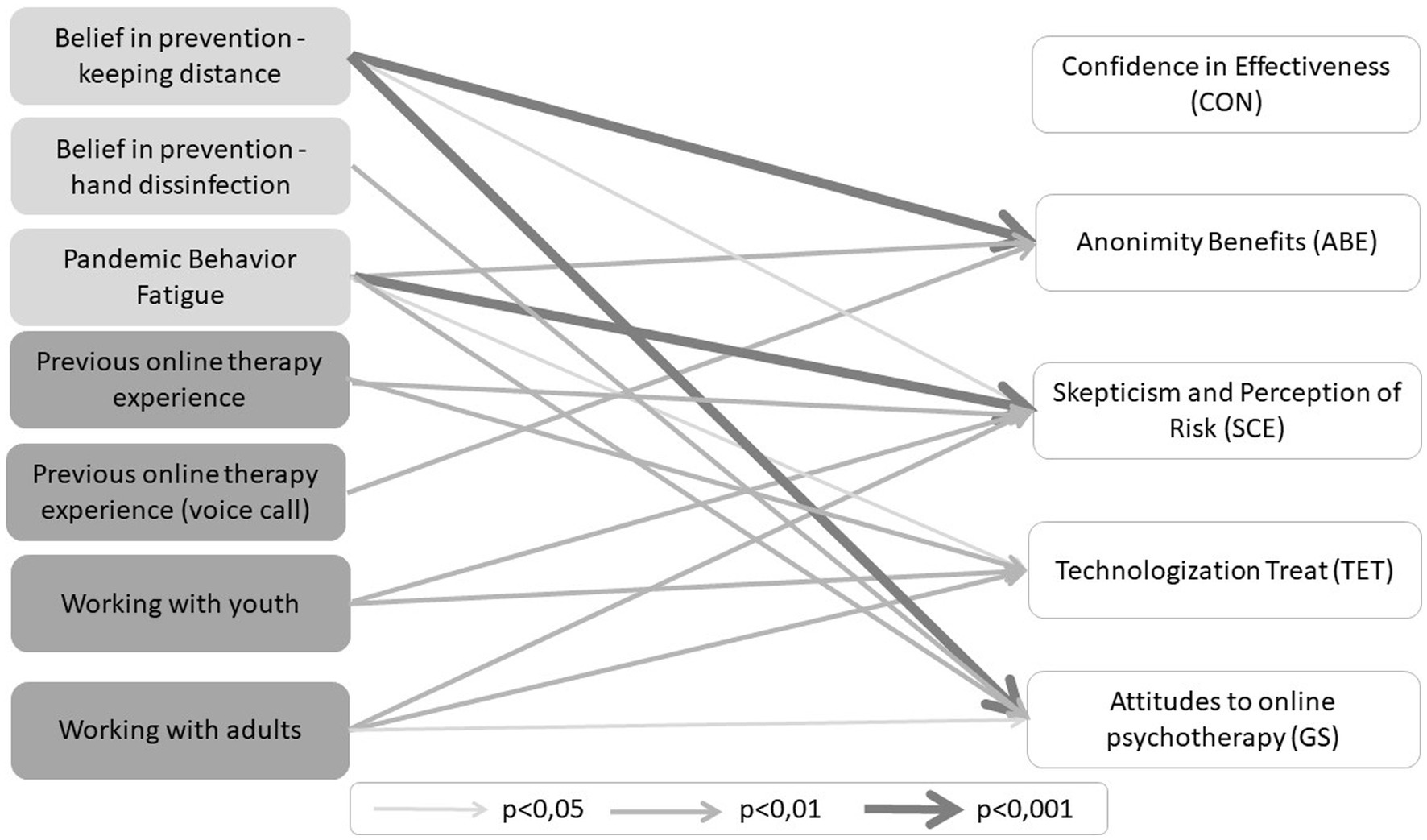
### The Science of Behavioral Compliance in Epidemics: Lessons Amid a Pandemic
The COVID-19 pandemic brought the phrase “social distancing” to the center of global awareness, and discussions surrounding “behavioral fatigue” subsequently gained momentum. In March 2020, **The Guardian** featured an article that critiqued the concept of “behavioral fatigue,” which was initially proposed as part of the UK government’s rationale for postponing more stringent public health initiatives. The claim—“there is no evidence” for behavioral fatigue—ignited vigorous debates, prompting an essential inquiry: Do individuals genuinely become weary of following preventive measures during health emergencies, or is the reality more complex?
### Behavioral Fatigue: Insights From Previous Epidemics
Although the term “behavioral fatigue” lacks formal acknowledgment in scientific literature, the idea holds relevance when examining public adherence to health protocols in extended crises. Remarkably, researchers have explored human reactions to epidemics for decades, providing insights that both dispute and affirm the concept of a natural decrease in compliance over time.
#### Behavioral Responses and Risk Perception
A well-recognized phenomenon in health psychology and epidemiology is the fluctuation of **risk perception** during outbreaks. Early models, such as those created in the 1990s, indicate that individuals initially overestimate risks when faced with new and unexpected threats. This elevated perception usually initiates high compliance with preventive actions, including social distancing and frequent handwashing. Nevertheless, as individuals adjust to the “new normal,” their perception of risk tends to diminish—even while the actual threat may grow.
For instance, during the 2009 H1N1 flu pandemic, researchers noted a tendency among individuals to lessen their preventive actions over time. Studies conducted in Italy, Hong Kong, and Malaysia observed a consistent reduction in compliance with practices like mask-wearing and social distancing, even as the virus spread intensified.
#### Fluctuations in Compliance: Evidence From Case Studies
An interesting case study emanated from the 2006 bird flu outbreak in the Netherlands, where researchers executed seven follow-up studies to monitor compliance behavior over time. They discovered a **fluctuating pattern**: as media coverage and public fear escalated, compliance increased; conversely, as the perceived threat diminished, individuals relaxed their efforts—only to amplify them again when infections surged.
Similar trends appeared in Mexico during the 2009 swine flu outbreak. A **proxy study** evaluated changes in social distancing linked to television viewing patterns, assuming that more individuals remained at home during the early phases of the pandemic. Researchers observed a dramatic rise in television viewership at the pandemic’s onset, though it gradually decreased even as infections rose. This correlated with shifts in behavior in other studies, such as the declining count of missed flights during the same outbreak—initially high but decreasing over time.
#### Resilience and Sustained Compliance
However, it would be inaccurate to claim that declining compliance is a universal phenomenon. Some research indicates that individuals continue or even enhance adherence to health measures during an epidemic. For example, a study in Beijing reported prolonged compliance with low-effort behaviors like room ventilation and hand hygiene. More demanding actions, such as hoarding masks, also saw an uptick as the outbreak progressed.
Additional evidence stems from the Netherlands during the chikungunya virus outbreak, where consistent or improved compliance was documented. Mathematical modeling of human behavior during the 1918 flu pandemic—when vaccines were unavailable—suggests that long-term commitment to social restrictions may have aided in mitigating the epidemic.
### Why Do Compliance Behaviors Change?
The varying levels of compliance observed during epidemics can typically be elucidated by interconnected social, economic, and psychological factors:
– **Competing Priorities**: Over time, adherence to preventive protocols may conflict with daily obligations, like work, caring for dependents, or addressing financial difficulties. Qualitative research demonstrates that individuals often find it challenging to reconcile public health advice with familial and economic pressures.
– **Desensitization to Risk**: As the novelty of a threat diminishes, anxiety may wane, leading to a decreased focus on preventive measures. This phenomenon is referred to as “risk normalization.”
– **Mental and Emotional Strain**: Sustained adherence to behavior changes, such as remaining indoors or restricting social interactions, can spawn feelings of isolation, loneliness, and “pandemic fatigue”—a term embodying the psychological burden of prolonged crises.
### Behavioral Fatigue and Pandemic Waves
Epidemics are typically characterized by **waves of infection**, with peaks and lulls. Researchers theorize that these waves may be partially shaped by human behavior. As adherence to preventive measures diminishes, transmission rates can rise, resulting in a new outbreak, prompting compliance to rise again once the surge instills a renewed sense of urgency. This dynamic establishes a reciprocal relationship between human conduct and the pathogen’s spread, as depicted by epidemiological models.
### Is Behavioral Fatigue Inevitable?
The data presents a complex narrative.